Highlights of Wales | Caernarfon Castle
Edward I's massive Caernarfon Castle was a display of English might on Welsh territory. Caernarfon Castle was built on the shoreline, consisting of a castle, a walled town, and a quay all built at the same time. Construction of this massive project took 47 years to complete.
9 Jan 20 · 3 mins read

Highlights of Wales | Caernarfon Castle
The Anglo-Saxons fell to the Normans in 1066, but the combination of the presence of the Welsh rulers, the Vikings, the mountainous terrain of the land, and the fact that the Normans and the succeeding Angevin kings spent more time abroad than in England (for example, the Angevin king Richard spent only 10 months of a 10-year reign in England) kept Wales largely out of the English grip. That is, until Edward I. Edward I’s massive Caernarfon Castle was a display of English might on Welsh territory. Caernarfon Castle was built on the shoreline, consisting of a castle, a walled town, and a quay all built at the same time. Construction of this massive project took 47 years to complete. Historians say the walls of Caernarfon reflect the design of the walls of Constantinople, hearkening back to a Roman past that the British isles shared before the arrival of the Anglo-Saxons, and announcing the domination of the English rulers.
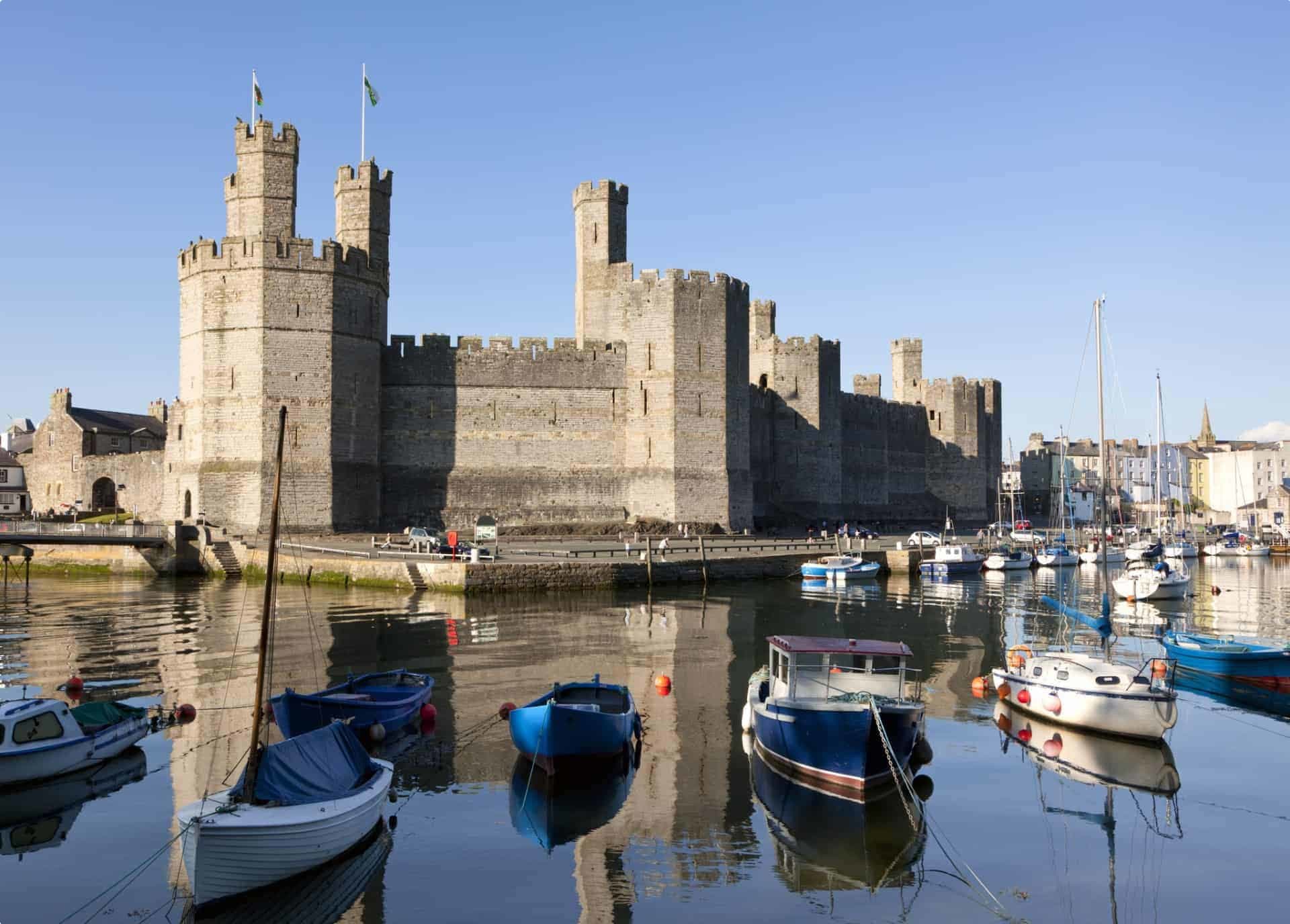
The Princes of Wales and Caernarfon Castle
Wales had enjoyed a cultural and political autonomy ever since the 8th century Offa’s Dyke geographically separated the Britons of the west (Wales) from the Germanic tribes of the east (England). Wales itself consisted of several kingdoms at the time of the Norman Conquest.
In 1216, Llewelyn ap Iorwerth of the Welsh kingdom of Gwynedd was recognised as overlord by the other Welsh rulers, and in 1218 he was acknowledged by the English crown. In Welsh chronicles, he is described as the “Prince of Wales”. His grandson, Llywelyn ap Gruffudd, who marched into the lands controlled by Norman barons, was also recognised as such.
They would be the last Princes of Wales, as England’s Edward I decided to go to war. Llywelyn ap Gruffudd was forced to capitulate after English forces took the Island of Anglesey, Gwynedd’s breadbasket.
In 1284, England annexed Wales, turning it into an English colony. Edward I instituted the royal tradition of giving the title “Prince of Wales” to the heir apparent to the English throne, beginning with his son, the future Edward II, thereby extinguishing Welsh sovereign rule.
Edward I had castles built to guard his new territories, but to also clearly communicate the power of English rule. The grandest of these castles, designed with the help of Edward’s military architect, Master mason James of St George, was Caernarfon Castle. Caernarfon Castle is one of the many castles of Wales that form Edward’s chain of fortifications in Northern Wales called the Ring of Iron.
This medieval castle became witness to a long history of conflict, sacked several times during the Welsh rebellions against the English. Tensions between the Welsh and English began to diminish when the Tudor dynasty ascended to the English throne in 1485; Henry Tudor, later Henry VII, traced his lineage back to Wales as descendant of Owain ap Maredudd ap Tudur (Anglicised as “Tudor”).
Caernarfon Castle was also the site of the investiture of Prince Charles, who currently holds the title of Prince of Wales.
Caernarfon Castle is grouped with Conwy Castle, Harlech Castle, and Beaumaris Castle as a UNESCO World Heritage Site. It has two towered gates and seven octagonal towers, each tower connected by a curtain wall.

The main entrance is called the King’s Gate, which is the entrance from the town, while the Queen’s Gate is the entrance from the south-east.
There are plans to install a lift and an accessible visitor’s centre at the King’s Gate. During the construction, the main entrance will be moved to the Watergate at the base of the Eagle Tower.
Guests can access a portion of the wall walk and learn more about the medieval castle’s history–and the rich and complex history of Wales–through a guided tour.
Articles about Wales published by Odyssey Traveller.
- History of Wales
- New Discoveries about Britain’s Stone Circles
- Queen Victoria’s Britain, Part 1 and Part 2
- Understanding British Churches
- Exploring Britain’s Prehistoric Past
- Britain’s World Heritage Sites
- Roman Roads in Britain
For all the articles Odyssey Traveller has published for mature aged and senior travellers, click through on this link.
External articles to assist you on your visit to Wales.
Related Tours
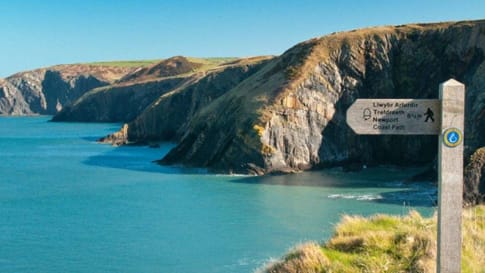
13 days
AugExploring Wales on foot : small group walking tours for seniors
Visiting Wales
A Walking tour of Wales with spectacular views across as you walk the millennial path across the Irish sea or up in Snowdonia national park. This guided tour that provides insight into the history of each castle visited and breathtaking scenery enjoyed before exploring the capital of Wales, Cardiff with day tours of Wales from Cardiff. For seniors, couples or Solo interested in small groups.
From A$11,895 AUD
View Tour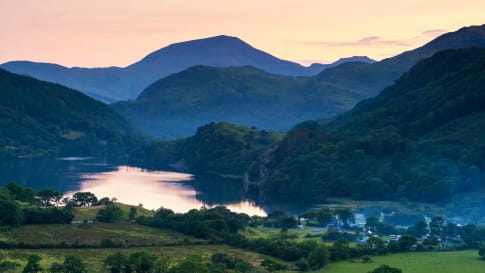
17 days
Mar, SepTour of Wales
Visiting Wales
Join Odyssey Traveller on this tour small group guided tour of Wales, an unforgettable travel experience through varied landscapes from south Wales to north Wales and back, travelling on the coast overlooking the Irish Sea and through picturesque Welsh villages, starting in Cardiff city centre.
From A$14,995 AUD
View Tour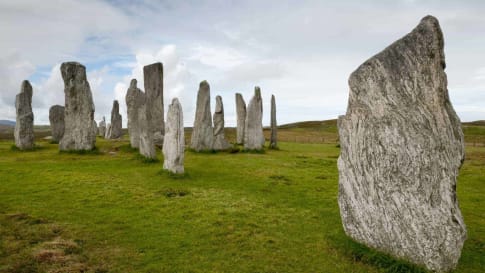
21 days
AugPrehistoric Britain small group history tour including standing stones
Visiting England, Scotland
This guided tour invites you to explore UNESCO World heritage sites at Skara Brae in the Orkneys, Isle of Skye, and Stonehenge in a prehistoric tour. This escorted tour has trips to key sites in Scotland, and the Irish sea in Wales such as Gower Peninsula and National Museum in Cardiff and England. Each day tour is supported by local guides.
From A$16,750 AUD
View Tour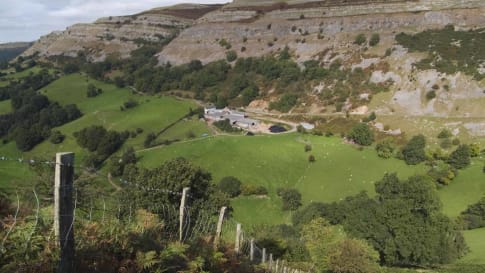
20 days
May, Sep, JunWalking Ancient Britain
Visiting England
A walking tour of England & the border of Wales. Explore on foot UNESCO World Heritage sites, Neolithic, Bronze age and Roman landscapes and the occasional Norman castle on your journey. Your tour director and tour guide walk you through the Brecon beacons, the Cotswolds and Welsh borders on this small group tour.
From A$14,725 AUD
View Tour


